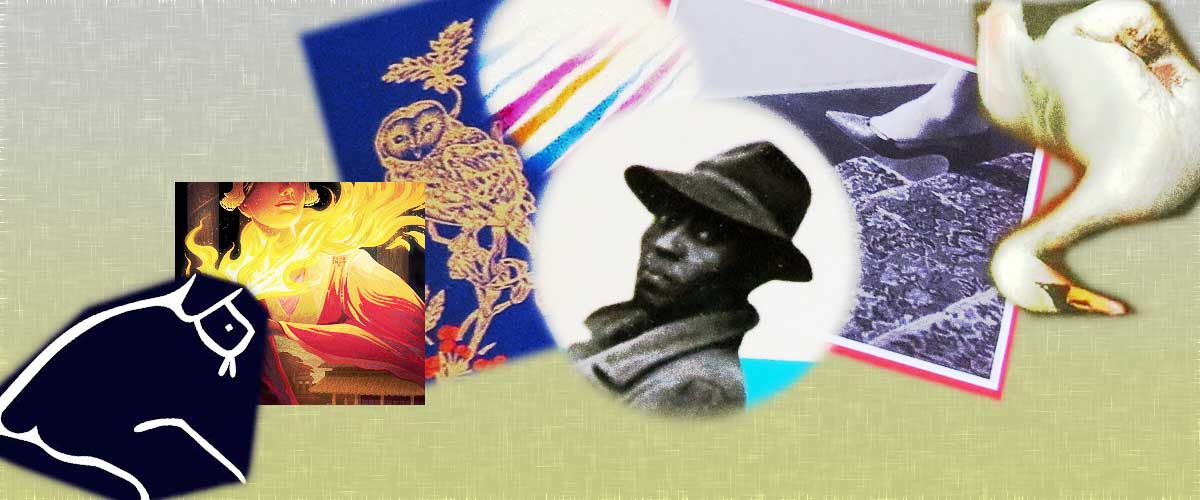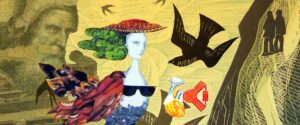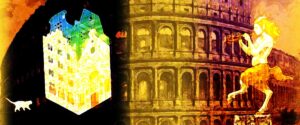By good fortune, here are birds, names, readers, writers and a future that’s so close it’s like treacle. (:-)) It’s been nearly six months since my last reading diary entry. Which is not to say I’ve not been reading. I have, but I’ve not felt so keen to write about it. There was a nasty hiccup in the second quarter that had me worried.
A black patch
As I’ve mentioned here before, some years ago I went through a black patch when I literally couldn’t read. I mean, I couldn’t keep a story in my head long enough to make reading meaningful. The capacity came back slowly. First I discovered I could read short magazine articles, short stories and poems. Then I managed to concentrate on light fiction, if it was inconsequential and I read chapter by chapter, or if it was a longer more serious piece made up of shorter sections. I progresssed to detective stories and spy fiction. Finally I got back the ability to read longer more complex stories about ten years ago.
For the last few years, I’ve set myself annual reading resolutions. The current one has me aiming to complete at least 50 titles by the end of the year. That means I ought to read through 12-14 books each quarter. The first quarter of 2022 went really well. Thanks to one I started at before New Year, I managed to read 14 titles by the end of March. But the second quarter, and especially April into May, saw me down again and I only managed to read seven titles.
The problem wasn’t with any of the individual books. It was entirely due to my state of mind. For reasons that hadn’t got anything to do with reading, I felt myself falling back into that distracted state where I lost my ability to remember plot points and hold on to characters.
Book by book
Consequently it took me far too long to read some titles. A ridiculous 23 days for Ann Lamott’s Bird by Bird, and 19 for Henning Mankell’s Innan Frosten. Although I read out Nadifa Mohamed’s The Fortune Men in only ten days, they were ten days spread across 22.
Things improved in June and over the summer. Now, a week into September, I’ve managed already to complete twelve titles for the third quarter. I’m still in with a chance of hitting my 50 books target for the year.
So far, this quarter, the longest time I’ve spent on any title is the twelve days it took to read Kim Stanley Robinson’s The Ministry for the Future. Before that, Maggie O’Farrell’s Hamnet took eleven days.
My quickest reads? In the second quarter I polished off Deborah Levy’s Real Estate in six days. But that was well surpassed this quarter by the one day it took me to read Alan Garner’s Treacle Walker, or the two days I spent reading Aliette de Bodard’s Fireheart Tiger. Alan Bennet’s The Uncommon Reader took me three days.
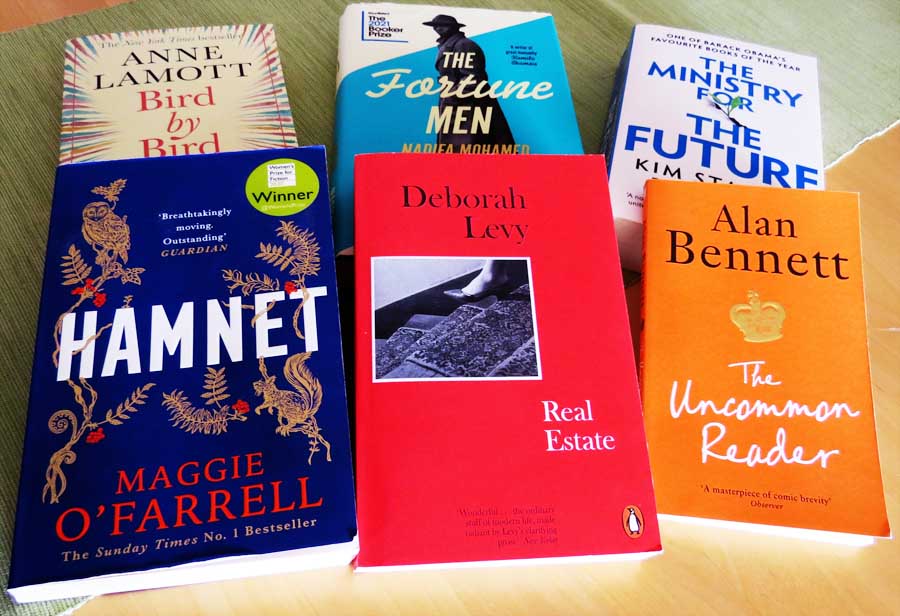
Fortune birds
There’s not really the time or space here to talk about all these titles in the depth they deserve. Even the few I’m going to say a little more about are going to be poorly served. But anyway, here we go.
The Fortune Men is non-fiction novel based on the true story of the trial and execution of Mahmood Hussein Mattan in 1952. The British-Somali seaman was accused of the murder of Jewish shopkeeper Lily Volpert in Cardiff. The victim of a racist miscarriage of justice, his conviction was posthumously quashed in 1998. His family has recently received an apology from the South Wales Police. Nadifa Mohamed’s novel was shortlisted for the 2021 Booker. It’s a gripping read – if you aren’t already in the grip of something that distracts you from reading.
Bird by Bird is about writing and about Ann Lamott’s experience as an author. It is, in many places, very funny. The first chapter in particular. I’ve been recommended this title by several American writer friends over the years, and I’m glad I finally got around to reading it. For an Englishman, though, I found some parts a bit difficult. I could see they were supposed to be funny, but just as with the spiel of American Late Night Show hosts, I did spend some time feeling I was missing the context. The practical advice, though, is very good.
What’s in a name?
Hamnet is a book I’ve been meaning to read ever since I read the reveiws two years ago. It fell by the wayside, as so many good books do. I never saw it for sale or anything more about it. But I was reminded of it again by one of my Instagram booklover contacts, so I ordered a copy on-line. After which it showed up on the shelves of my library and on the shelves of every bookshop I happened into for the next few weeks.
It’s the story of Agnes, who married William Shakespeare. Of Hamnet, her son with him, and of the play that preserves his name: Hamlet. Among the many excellent things about this novel, the death of the boy and his parents’ anguish and how they variously cope is surely the crown. But I also enjoy the way Maggie O’Farrell exploits the fluidity of spelling in 16th century England, and its interaction with pronunciation, exhibited in the characters’ names: Hamnet/Hamlet, Agnes/Anyes/Anne. Since one of the “arguments against Shakespeare” by the Anti-Stratfordians is the six different autograph spellings of his family name, this gave me a lot of pleasure.
Treacle Future
As mentioned, The Ministry for the Future took me twelve days to read. Considering its 563 closely printed pages in my paperback edition, I think I did pretty well. It’s the longest book I’ve read this year so far. My reading it was probably helped along by having it with me on two long train journeys, up to and back from Stockholm in mid-August.
Kim Stanley Robinson’s book is a near-future science fiction focused on an imagined UN Agency that works to solve the myriad, inter-related global problems of the climate crisis. (Climate fiction – cli-fi – says Wikipedia. A new sub-genre to me.) Two characters, Mary Murphy and Frank May, weave the threads of the book together. Otherwise it is very reminiscent of collage fiction. I think in the first instance of John Brunner’s Stand on Zanzibar. But Brunner acknowledged John Dos Passos (Manhatten Transfer, U.S.A.) as his guiding light, so it’s a tradition that reaches back at least to the early 20th century.
If TMftF is the longest book book this year, Alan Garner’s Treacle Walker is the shortest. It was on the shelves of my local library (along with Hamnet) and I picked it up with surprise. Garner is one of the authors of my childhood (The Weirdstone of Brisingamen, Red Shift) and I was astounded to see he is still alive and still writing. Even more surprised to learn, today, that Treacle Walker has been shortlisted for this year’s Booker.
I could write more, but perhaps this will do.
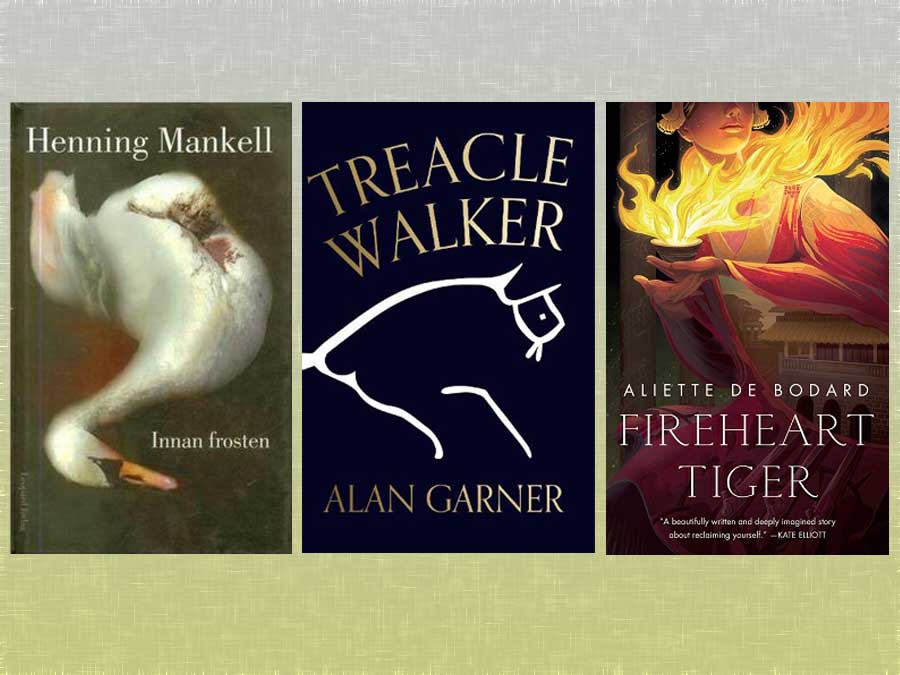
Too Long Didn’t Read
As usual, authors names link to their professional websites, nearest equivalent or Wikipedia entry. Book titles link to their page on GoodReads or again to Wikipedia.
- Alan Bennet – The Uncommon Reader
- Aliette de Bodard – Fireheart Tiger
- Alan Garner – Treacle Walker
- Ann Lamott – Bird by Bird
- Deborah Levy – Real Estate
- Henning Mankell – Innan Frosten
- Maggie O’Farrell – Hamnet
- Kim Stanley Robinson – The Ministry for the Future

